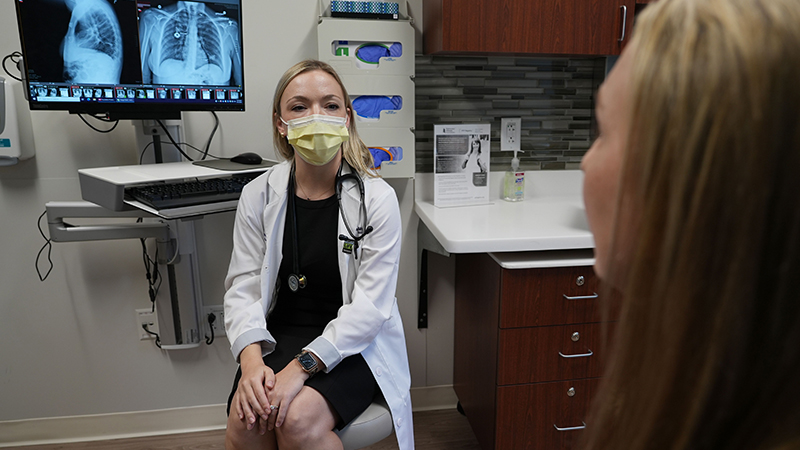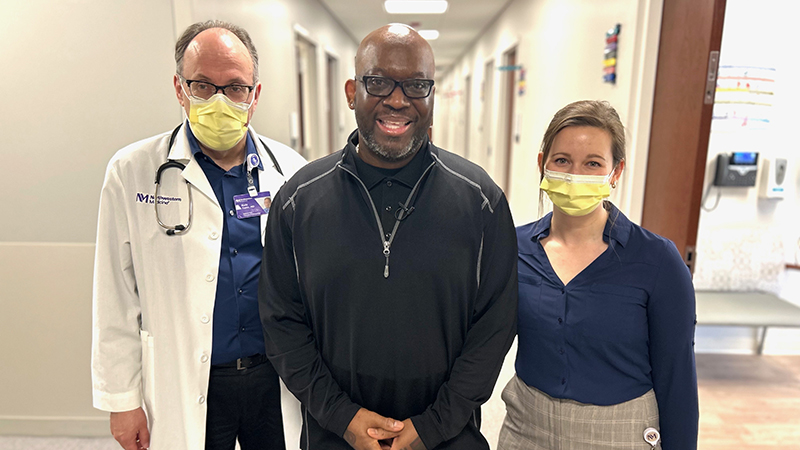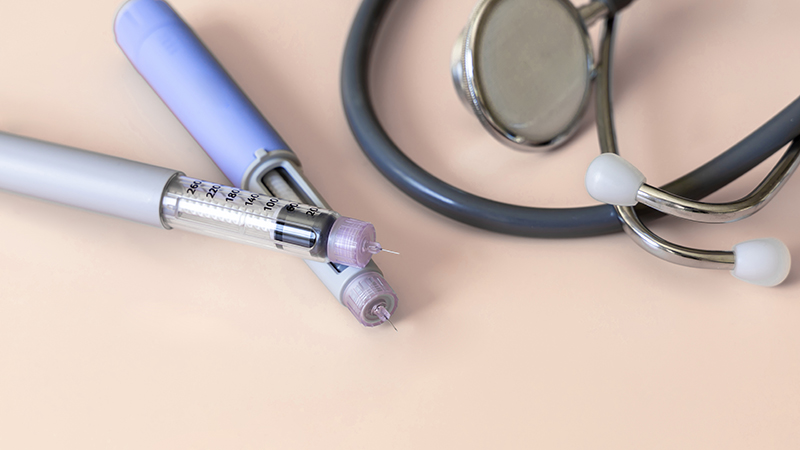Better Care for Glaucoma
Using Lasers to Lower Eye Pressure
Published March 2022
Glaucoma is an eye disease in which many factors, especially high eye pressure, interact to cause damage to the optic nerve causing vision loss. It is the leading cause of irreversible blindness, and it is projected that worldwide 111.8 million people will have glaucoma by 2040.
In patients with glaucoma, the neurons whose axons make up the optic nerve die, causing vision loss. Early in the disease, vision loss from glaucoma is subtle and asymptomatic. If the disease worsens, patients may notice blurred spots or foggy or hazy vision. Unlike vision loss from cataracts, nerve damage from glaucoma is irreversible, and the resulting vision loss is permanent.
Taking care of patients with glaucoma is my passion.— Angelo P. Tanna, MD
There is no cure for glaucoma, but treatment can prevent it from getting worse. For the most common type of glaucoma, primary open-angle glaucoma, the only proven treatment is to lower the pressure in the eye. This can be accomplished with laser surgery, prescription eye drops or incisional surgery. Laser or medical therapy is also used to treat some patients with high eye pressure who haven't developed glaucoma yet, a condition called ocular hypertension.
Fluid is produced inside the eye to supply oxygen and nutrients, eliminating the need for blood flow in areas of the eye that need to stay clear so we can see well. This fluid, which is different from tears, exits the eye through a drainage pathway called the trabecular meshwork, which is thought to function abnormally in most patients with ocular hypertension or glaucoma. When the trabecular meshwork doesn't work properly, the pressure in the eye increases.
A recent clinical trial, Laser in Glaucoma and Ocular Hypertension Trial (LiGHT), demonstrated that lowering eye pressure with a type of laser surgery called Selective Laser Trabeculoplasty (SLT) was as effective and safe as prescription eye drops for patients who have primary open-angle glaucoma or ocular hypertension. With SLT, light generated with a laser improves the function of the trabecular meshwork, reducing pressure. The laser treatment does not burn the tissue or create holes. Instead, the laser treatment is thought to improve the function of the trabecular meshwork tissue that regulates outflow. The total amount of energy used for each spot of SLT treatment is about the amount of energy needed to run a 15-watt lightbulb for less than 0.0001 second.
To further optimize the effectiveness of SLT, the National Institutes of Health is sponsoring a clinical trial called Clarifying the Optimal Application of SLT Therapy (COAST). This study will explore whether using lower doses of laser energy is as effective as standard doses of laser energy. The COAST clinical trial will also help determine if an annual low-dose laser treatment is better than treating glaucoma on an as-needed basis.
"Our current treatment strategy with SLT is to repeat the treatment as necessary, to keep the eye pressure below the patient-specific goal," explains Angelo P. Tanna, MD, Director of the Glaucoma Service at Northwestern Medicine. "Currently, we are studying the possibility that using lower energy doses of laser treatment annually, to keep the drainage pathway healthy, is more effective, rather than waiting to repeat laser therapy after the pressure increases."
Participants in the COAST clinical trial will be followed for four years. Northwestern Medicine is one of only 19 centers participating in the study in the U.S.
"Taking care of patients with glaucoma is my passion," says Dr. Tanna. "Finding the optimal way to do it is very important to me because it allows us to take the very best care of our patients."







